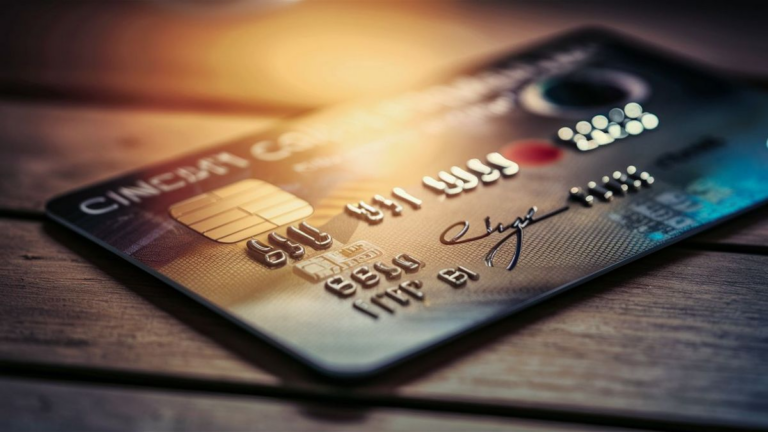When it comes to understanding the structure of credit cards, one common query that arises is regarding the number of digits they possess. This article aims to elucidate the composition of credit card numbers, shedding light on their significance and functionality.
The Anatomy of a Credit Card Number
A credit card number typically comprises a specific sequence of digits, each serving a distinct purpose. Understanding this sequence can provide valuable insights into the card’s issuer, account, and other pertinent details.
Issuer Identification Number (IIN)
The first few digits of a credit card number represent the Issuer Identification Number (IIN), also known as the Bank Identification Number (BIN). These digits denote the institution that issued the card and help facilitate routing during transactions.
Account Number
Following the IIN, the subsequent digits constitute the account number. This portion uniquely identifies the cardholder’s account with the issuing institution.
Check Digit
At the end of the credit card number, a single digit known as the check digit is included. This digit is calculated using a mathematical algorithm, such as the Luhn algorithm, to validate the authenticity of the entire card number.
Variations in Credit Card Length
While the standard credit card format consists of 16 digits, variations exist depending on the card issuer and type. For instance, American Express cards typically feature 15 digits, while others may adhere to different formats.
Security and Encryption
Credit card numbers are sensitive pieces of information that require robust security measures to safeguard against fraudulent activities. Encryption techniques are employed to protect these numbers during transmission and storage, ensuring the confidentiality of cardholder data.
Importance of Card Verification Codes
In addition to the primary card number, credit cards also include Card Verification Codes (CVC), also known as Card Verification Values (CVV). These codes, located on the back of the card (or front for American Express), provide an added layer of security by verifying the physical presence of the card during transactions.
Understanding the composition of credit card numbers is crucial for both consumers and merchants alike. By comprehending the significance of each digit, individuals can navigate transactions securely, while businesses can implement robust payment processing systems. As technology evolves, so too do the methods of protecting sensitive financial information, ensuring a safer and more secure payment ecosystem for all stakeholders.
Frequently Asked Questions
Below are some commonly asked questions related to credit card numbers:
| Question | Answer |
|---|---|
| 1. How many digits are there in a standard credit card number? | A standard credit card number typically consists of 16 digits. |
| 2. What is the purpose of the Issuer Identification Number (IIN)? | The Issuer Identification Number (IIN) helps identify the institution that issued the card and facilitates routing during transactions. |
| 3. How is the check digit calculated? | The check digit is calculated using a mathematical algorithm, such as the Luhn algorithm, to validate the authenticity of the entire card number. |
| 4. Where are Card Verification Codes (CVC) located? | Card Verification Codes (CVC) are typically located on the back of the card, except for American Express cards, where they are found on the front. |
| 5. Why are credit card numbers encrypted? | Credit card numbers are encrypted to protect them during transmission and storage, ensuring the confidentiality of cardholder data and preventing fraudulent activities. |
Additional Security Measures
Besides encryption and Card Verification Codes (CVC), credit card companies often implement additional security measures to enhance protection against unauthorized access and fraudulent transactions. These measures may include:
- Two-factor authentication
- Fraud monitoring systems
- Tokenization
- Biometric authentication
These supplementary security measures bolster the integrity of credit card transactions and mitigate the risks associated with financial fraud.
See also:






